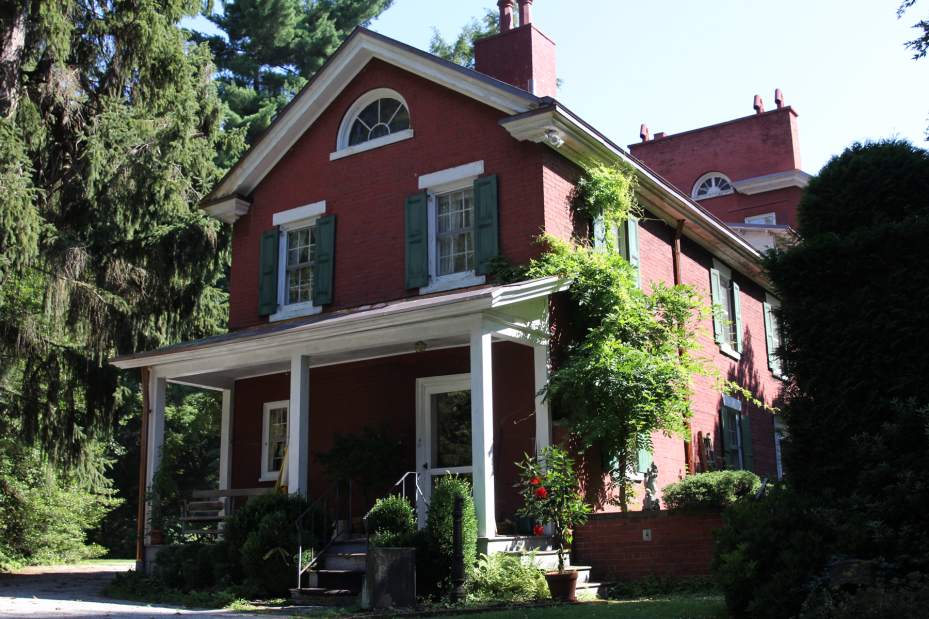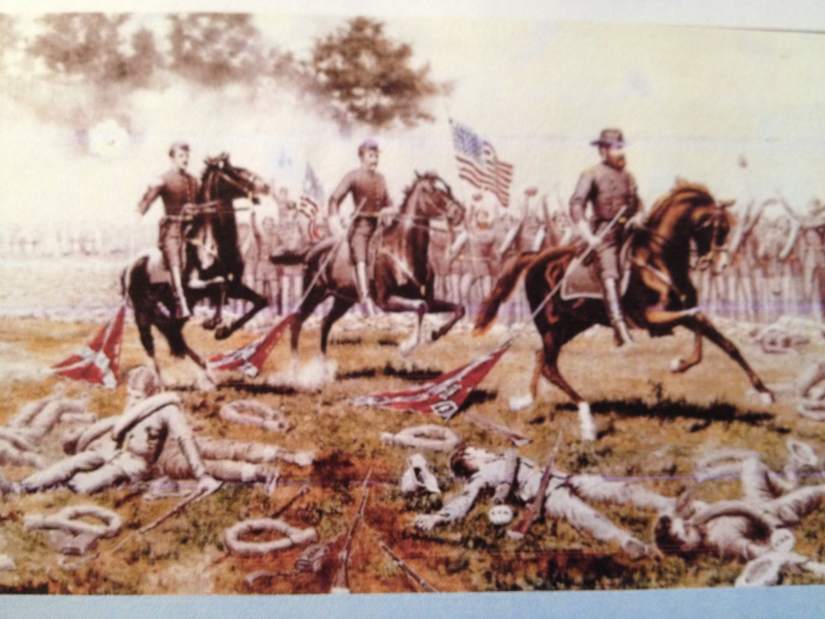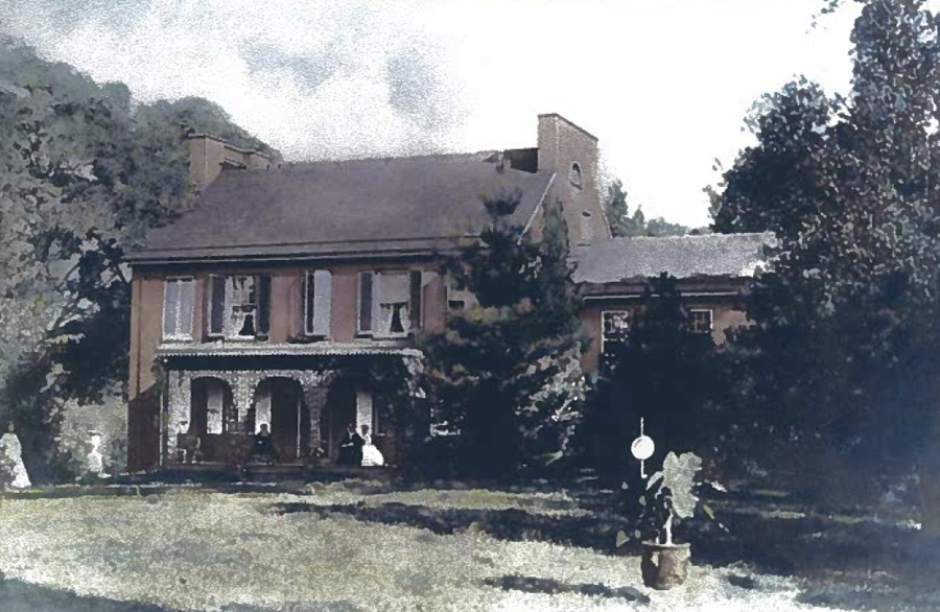Time seems to stand still at stately, historic Edgeworth home
Jay Brooks' Edgeworth home contains more than two centuries of local history, and maintaining one of the area's oldest properties has become his life's work.
“It's a full-time job,” Brooks said about preserving the house and the gardens that surround it.
Brooks was born and raised in Sewickley, although he did not grow up in the home. The house belonged to his great-aunt and has remained in the family.
The Federal-style home, on Shields Lane, has been expanded over the years. The original house contained just a kitchen and a bedroom over top. Over time, this was extended out to less-essential rooms, including a sitting room. But from the outside of the home, which sits on about 7 acres, not much has changed since the turn of the century.
In 1998, Brooks retired from working as an economist in Washington to care for the house and since has put in many days weeding the garden — which is about an acre of land itself, painting the bricks and replacing the roof.
Members of the Brooks family, which originally lived in Salem, Ohio, worked as lawyers for the Pennsylvania Railroad. The Brookses married into the Shields family, who in turn married into the Leet family. Leetsdale is named for Daniel Leet, who fought with George Washington at the Battle of Trenton and spent the winter of 1777-78 at Valley Forge. After the war, Leet was sent to survey the lands west of Fort Pitt.
The area Leet surveyed was part of the Depreciation Lands — land to be given to Revolutionary War soldiers as payment because the new nation's currency was practically worthless. The Brooks family graced the front page of the Pennsylvania Packet dated November 11, 1785, which advertises the sale of land west of Fort Pitt. It was on this land that the eventual home of Jay Brooks gradually was constructed in 1816. Transporting bricks was not easy during this time, so the blocks usually were manufactured close to the building site.
“When they excavated along the shore in Leetsdale to work on the dam, they found brick artifacts from centuries ago,” said Harton Semple, executive director of the Sewickley Valley Historical Society. “It's likely that the bricks for that house were made there.”
Daniel Leet's daughter, Eliza, moved in with her husband, David Shields, in 1820. They were the house's original occupants.
The Shields' home — which is on the National Register of Historic Places — was located between the two towns and became a general store and post office in 1824. David Shields served as the postmaster. Letters that Brooks has held onto show correspondence between Shields and Harmony Village in present-day Ambridge.
Travelers also stopped up the road at Way's Tavern, owned by Abashai Way, who, like Shields, was a Quaker. By 1857, the railroads carried the mail, and the Shields house no longer was used as a post office. Instead, the Shieldses helped pass along something else: escaped slaves.
When the Civil War broke out, the Shieldses were strong supporters of the Union. Two of David Shields' grandsons, William and David, served the North during the war. William was killed during the Battle of Chancellorsville in Virginia. The younger David served as an assistant to Gen. Alexander Hays, who repulsed Pickett's Charge at the Battle of Gettysburg.
The property went to the elder David Shields' two unmarried daughters, who left it to their niece, Jay Brooks' great-grandmother. At the start of the 20th century, his great-grandmother had a garden installed on one side of the house. Her daughter married into the Brooks family, and eventually the house became Jay Brooks'.
Luke Torrance is a contributing writer for Trib Total Media.




